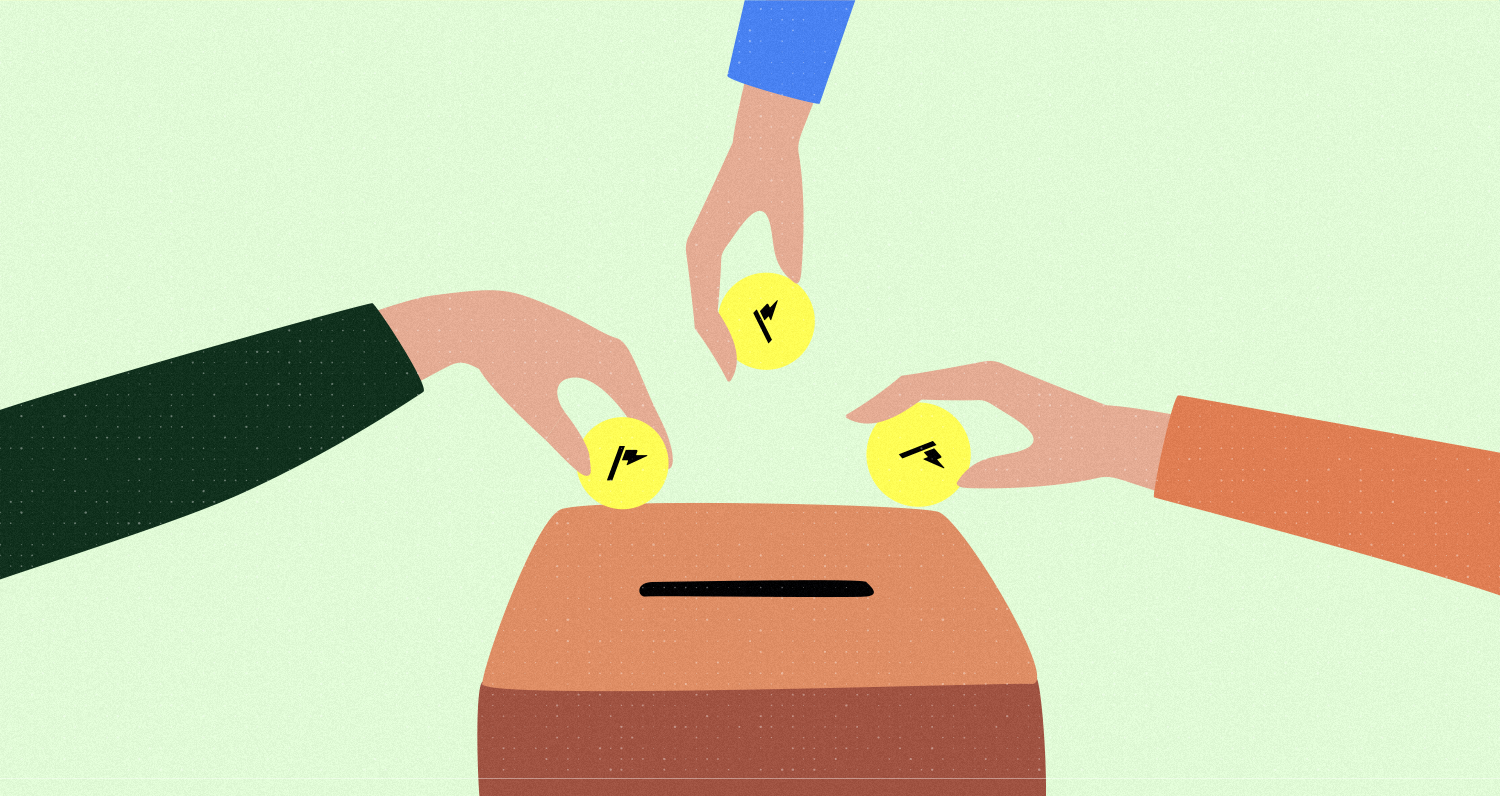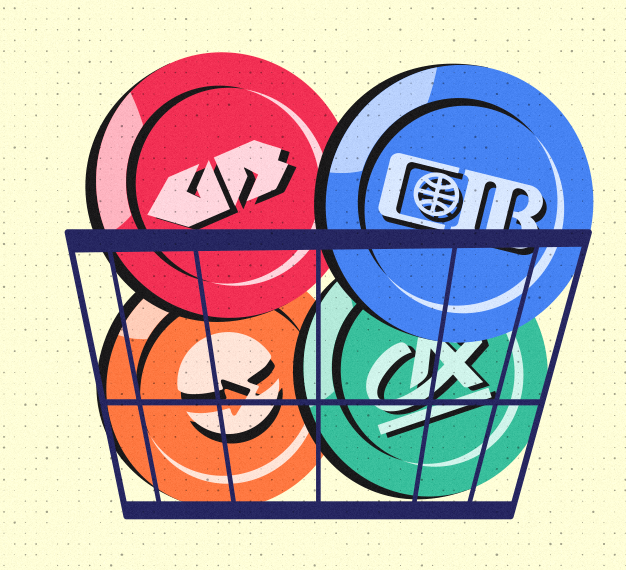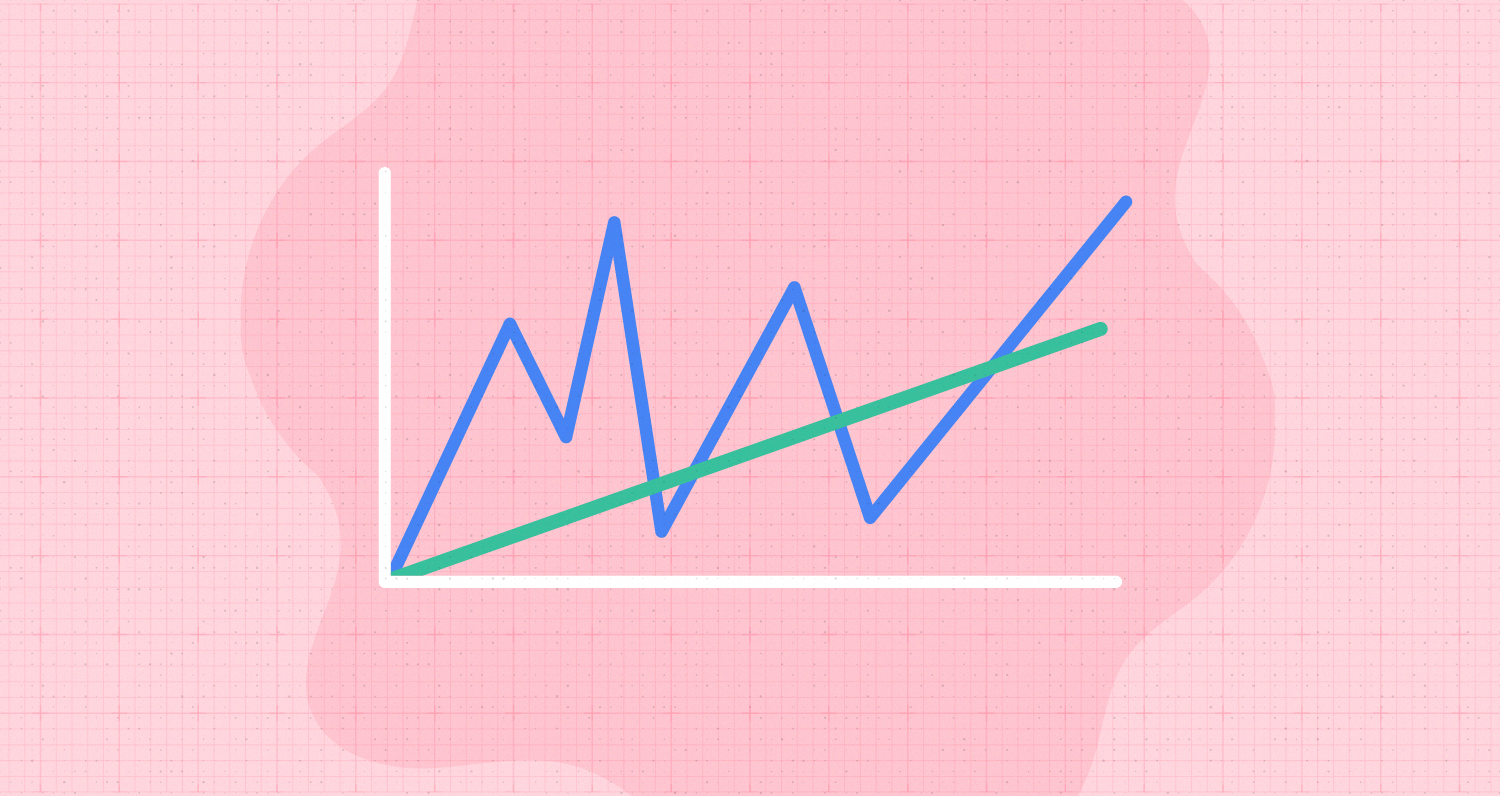Investing in a mutual fund is the same as purchasing a pre-made burger from a burger place with all its different ingredients. The different ingredients represent the different types of securities. Additionally, having it pre-made by a place represents the fact that the mutual fund is already pre-made by professionals.
The concept of mutual funds is simple. It is a pool of money that is managed by an asset manager whose sole purpose is to implement the best investment strategy and help you generate as much profit as possible. They are legally required to work in your best interest as investors. You’re making a collective investment with fellow investors. Mutual funds give the investor the choice to invest in a collection of assets or different securities such as stocks and bonds.
Since mutual funds are run by professionals, there are subscription fees that apply to join a mutual fund. Mutual funds carry different risks and different rewards which are in the fund’s prospectus. The latter is an official document that explains the fund’s investment objectives and how it operates. You can find the prospectus on the fund manager’s website.
How to buy a mutual fund?
Pricing of a mutual fund
Let us say you want to start investing in a mutual fund, how do you determine the right pricing for the fund? The performance of the securities in which you want to invest in is what determines the value of the mutual fund. When you buy a stake in any mutual fund, you are buying that performance which is a part of the portfolio’s value.
The price of a mutual fund stake is called the net asset value or NAV per share. Huh? Let’s imagine that you want to make a packet of French fries. Then, you would need some ingredients, including potatoes, ketchup, oil, and spices. So, if hypothetically, you decided to sell one single fry, you will divide the total cost of the ingredients over the number of single fries you would sell.
The same goes when pricing the fund’s unit or NAV. It is the market cost of all the chosen stocks over the total number of units/shares. The NAV is typically settled at the end of a trading day and doesn’t fluctuate much throughout the day. Yet, it can change every day with the changes in the chosen stocks’ prices.

Subscription and redemption
What’s the subscription frequency of a mutual fund? Well, it’s not like your Netflix bundle, it’s a different type of subscription. In the finance lingo, it means how frequently one can buy a mutual fund share, which varies depending on the mutual fund.
The same goes for a mutual fund’s redemption. Huh? It’s simply the process of withdrawing your money from the fund, and it varies from one mutual fund to the other.
The same goes when pricing the fund’s unit or NAV. It is the market cost of all the chosen stocks over the total number of units/shares. The NAV is typically settled at the end of a trading day and doesn’t fluctuate much throughout the day. Yet, it can change every day with the changes in the chosen stocks’ prices.
What are some examples of mutual funds?
As we mentioned earlier, each mutual fund invests in different investment products – which means that they carry different levels of risk and return.
High risk & return















